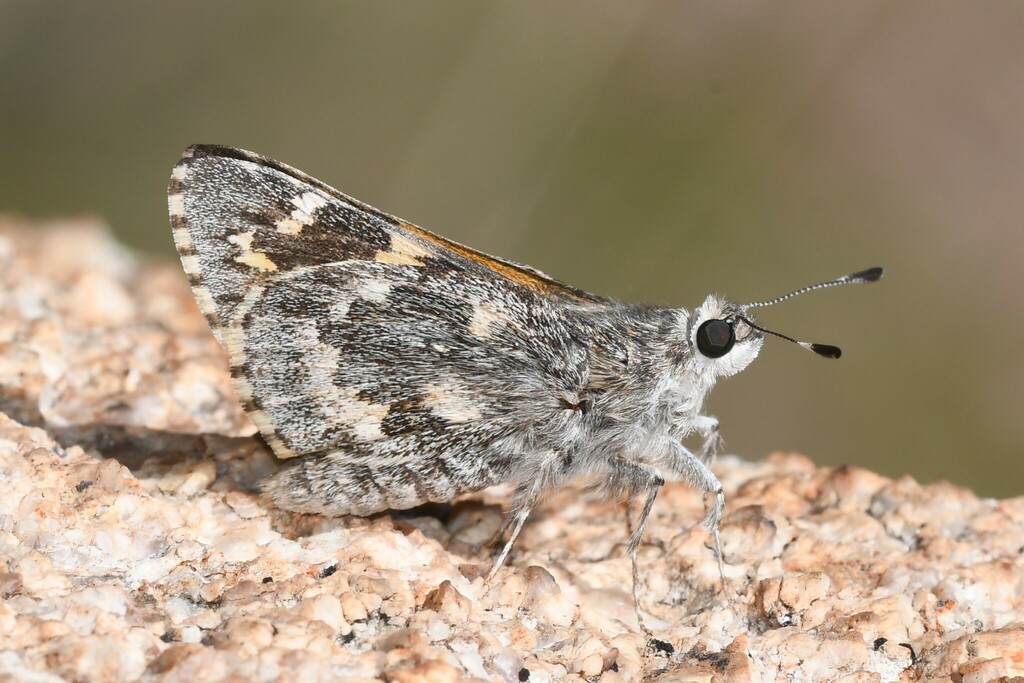Agathymus polingi (Poling's Giant-Skipper)
Taxonomy
- Class: INSECTA
- Order: LEPIDOPTERA
- Family: HESPERIIDAE
- Genus: Agathymus
- Scientific Name: Agathymus polingi (Skinner, 1905)
- Common Name: Poling's Giant-Skipper
- Synonyms: Megathymus polingi Skinner, 1905 (Skinner, 1905)
Taxonomic Name Source
Pelham, J. P. 2008. A catalogue of the butterflies of the United States and Canada with a complete bibliography of the descriptive and systematic literature. The Journal of Research on the Lepidoptera. Volume 40. 658 pp. Revised 14 February, 2012.
Species Occurrence Data From: Global Biodiversity Information Facility (GBIF)
Agency Conservation Status
- SGCN
- NMDGF:
- USFWS:
- BLM:
- USFS:
- IUCN Red List: Not Evaluated
- Nature Serve Global: G4
- NHNM State: SNR
- NM Endemic NO
Agency Conservation Status
| SGCN | NMDGF | USFWS | BLM Status | USFS | IUCN Red List |
Nature Serve Global |
NHNM State | NM Endemic |
|---|---|---|---|---|---|---|---|---|
| Not Evaluated | G4 | SNR | NO |
Description
Poling’s Giant-Skipper is small, for a Megathymine, which helps to distinguish it from similar relatives. Dorsal patterns resemble those of Orange Giant-Skipper, but the ground color is more yellow-orange than black. As Arizona Giant Skipper is the species most likely to be found with or near Poling’s, that coloration and its size will help an observer tell them apart. Additionally, Poling’s Giant Skipper doesn’t typically visit wet spots, instead remaining close to colonies of its larval host. The hindwing underside may have prominent white bands. Range and Habitat. This butterfly’s distribution barely includes New Mexico, touching our extreme southwest corner in Guadalupe Canyon (county: Hi), 4600 to 5000’ elevation. It is more common to the south and west into Arizona and northwest Mexico. Life History. Larvae eat Agave schotti, a tiny species that grows on canyon walls. Larvae burrow into undersides of leaf bases. Colonies of this plant occur in Hidalgo and Grant counties and should be examined for this butterfly. Flight. Adults perch on canyon walls near the host plant, often head-down. The one annual generation is on the wing in autumn; our few records span October 9 to November 20. Comments. Agathymus polingi may fly concurrently with Agathymus aryxna, but its small size makes it easy to distinguish. Its name honors O. C. Poling, a prolific collector in the Southwest in the late 19th century.
Description courtesy of Steven J. Cary, Butterflies of New Mexico, 2024




